I have a question about an arc consistency network example. its nothing with code.
i have a network R with Variables X = {x1, x2, x3, x4, x5, x6, x7, x8} and Domains D = {1,2,3,4}. This are my constraints:
I have the solution fromy my professor. But i dont understand what happend with C24 / why nothing happend with C24.
I think D2 is 2,3,4 and D4 is default 1,2,3,4. If x2 is not equal x4 (C24), x4 should be 1. I hope someone could help me.

